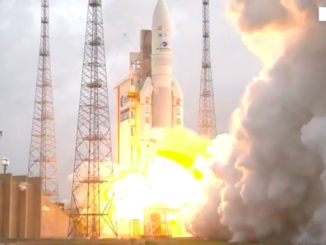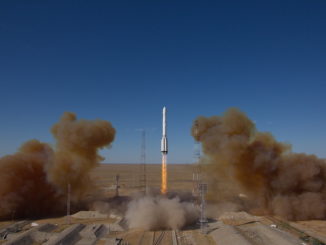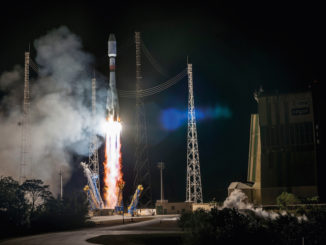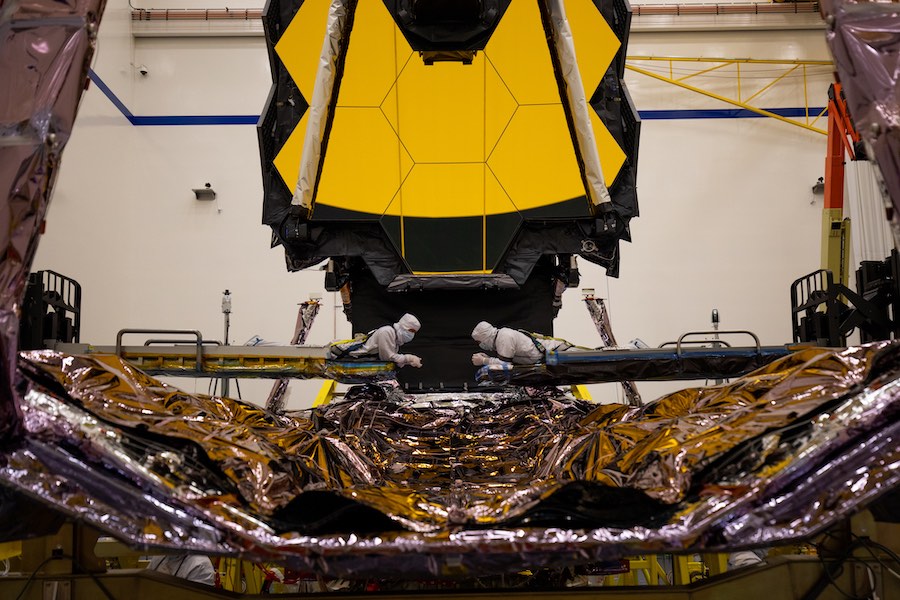
The launch of the James Webb Space Telescope will not happen in March 2021 — the mission’s previously-scheduled launch date — after the coronavirus pandemic forced a more than 50 percent reduction in staff levels at the observatory’s assembly and test facility.
The James Webb Space Telescope is the largest space science observatory ever built. The spacecraft and telescope are fully assembled inside a Northrop Grumman facility in Redondo Beach, California, but several test milestones remain before JWST is ready for shipment to its launch base in Kourou, French Guiana.
Testing of the James Webb Space Telescope has continued at a slower pace since the COVID-19 pandemic started impacting work schedules in March.
“Not everybody was available. There were positive cases here and there …We will not launch in March, absolutely will not launch in March,” said Thomas Zurbuchen, associate administrator of NASA’s science mission directorate. “That is not in the cards right now. It’s not because they did anything wrong. It’s just not going to be in the cards. It’s not a fault, or some mismanagement of some type.”
Zurbuchen added he is “very optimistic” that the observatory can still launch in 2021.
“There still is a lot of mountain to climb,” he said.
NASA engineers and oversight managers based at the Goddard Space Flight Center in Maryland, where the JWST project is managed, left the Northrop Grumman facility in California in March. That effectively stopped work on JWST’s optical telescope and instrument systems, which is NASA’s responsibility.
Northrop Grumman, the prime contractor for the JWST spacecraft and sunshield, was able to continue some work on the mission. But the progress was slower than planned.
“Northrop Grumman went from two shifts, six days a week, to one shift, five days a week, so operating at about 40 percent efficiency. So a big impact to James Webb Space Telescope,” said Steve Jurczyk, NASA’s associate administrator, in a June 9 presentation during a joint meeting of the National Academies’ Aeronautics and Space Engineering Board and the Space Studies Board.
In May, Northrop Grumman was able to test the extension of the observatory’s Deployable Tower Assembly, which will create a gap between JWST’s telescope and instrument compartment and the spacecraft bus. The extension of the tower assembly will allow the telescope and instruments, which are folded up during launch to fit inside the fairing of JWST’s Ariane 5 rocket, to be unfolded once in space and cooled to super-cold temperatures.
“Following augmented personal safety procedures due to COVID-19, the James Webb Space Telescope’s team in California continued integration and testing work with significantly reduced on-site personnel and shifts,” NASA said in a statement June 9. “The NASA/Northrop Grumman team recently resumed near-full operations.”
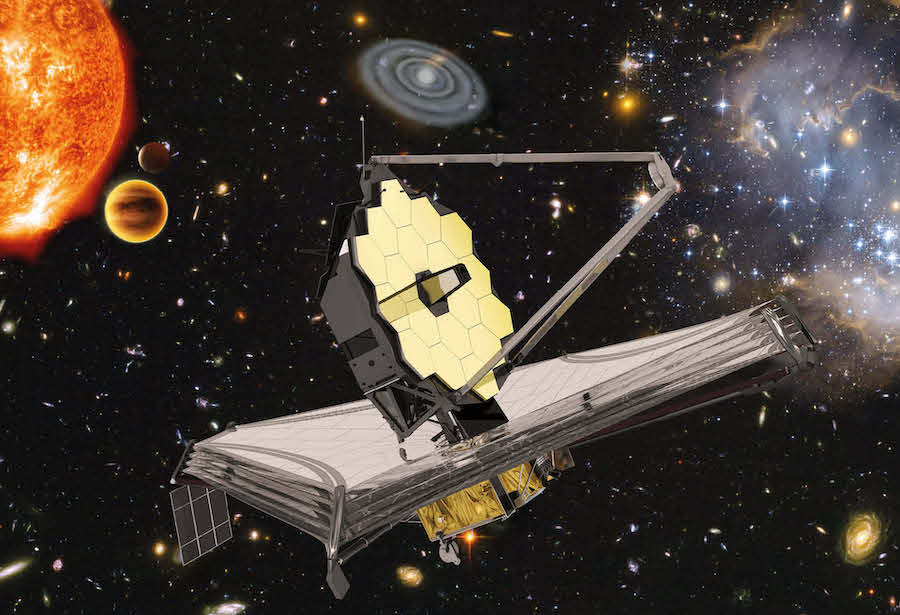
With NASA workers now back on-site at Northrop Grumman’s test facility in Southern California, Zurbuchen said that teams need to “learn the new efficiency” as technicians get used to working with physical distancing and other restrictions to reduce the risk of coronavirus transmission.
“We’re not through (with the coronavirus) at this point,” Zurbuchen said. “We will still have impacts.”
JWST had been scheduled for launch on an Ariane 5 rocket from French Guiana on March 30, 2021. The Ariane 5 launch is part of the European Space Agency’s contribution to the program.
Zurbuchen said NASA will convene a schedule review in July to assess the impacts to the JWST test schedule before setting a new launch date.
The mission is running years behind schedule, and it’s projected to cost billions of dollars more than NASA originally envisioned. JWST’s total cost to NASA was most recently projected to be $9.66 billion, and that figure does not include contributions from ESA and the Canadian Space Agency.
Teams working in Northrop Grumman’s spacecraft factory in Southern California connected the spacecraft and science modules of JWST last August, forming the complete observatory for the first time. With JWST fully assembled, engineers at Northrop Grumman — NASA’s prime contractor for the observatory — planned to put the craft through a series of deployment, electrical, vibration, and acoustic tests to ensure it will work as designed after launch.
The Webb telescope is the largest space-based observatory ever developed, with a primary mirror stretching 21.3 feet (6.5 meters) wide, comprised of 18 hexagonal segments made of beryllium and coated in gold. The mirror and JWST’s thermal sunshield will fold up origami-style to fit inside the nose shroud of its Ariane 5 launcher.
Scientists say the James Webb Space Telescope’s four infrared science instruments — which come from U.S., European and Canadian institutions — will see the very first stars and galaxies in the universe, observing light emitted some 13.5 billion years ago. With imaging power 100 times that of the Hubble Space Telescope, JWST will also peer into star-forming nebulas and collect data on the physical and chemical properties of planets around other stars.
Email the author.
Follow Stephen Clark on Twitter: @StephenClark1.

